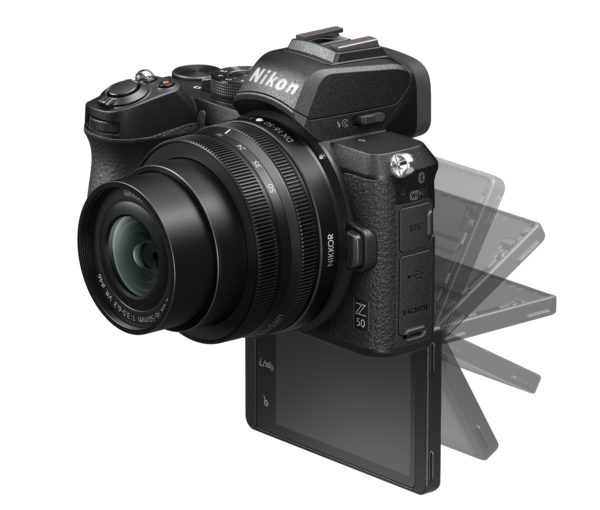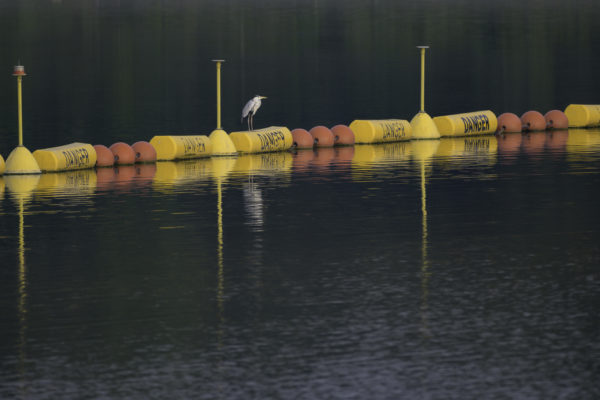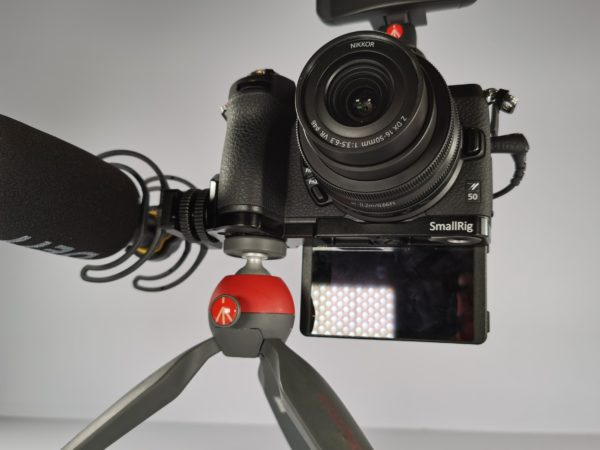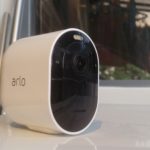
The Z50 is Nikon’s latest effort at winning over users in the mirrorless camera market, after the now-defunct N1 and the groundbreaking Z6 and Z7 from last year.
It is aimed at folks who baulk at the price of the Z6 and Z7, which was launched at prices of US$2,000 and up, but still value mirrorless camera that can be upgraded over time.
This is the same approach when Nikon’s own D100 was too expensive for most and the D70 was introduced in 2004 so that more people can enjoy digital photography without breaking the bank and make full use of the F-mount SLR lenses.


How does the new camera fare? Certainly not bad on first impressions. Even though the 20.9-megapixel Z50 is now the cheapest camera you can purchase for the Z system, it does not feel cheap at all.
It seems well put together with a deep grip that offers easy access to all the dials and switches, which are reachable using my right hand. Those who are current Nikon DSLRs cameras won’t feel out of place.
Actually, after my time with the Z7, I feel that the Z50 has improved on the autofocus for the most part. It is very close to instantaneous in a well-lit area thanks to the 209 autofocus points.
With eye-AF, which finds a subject’s eyes almost instantly, it gives me added confidence that the camera knows where to focus.

Unfortunately, things are not as rosy when I attempt to focus on a subject in a dark environment. The Z50 often struggles to find the face of the subject, let alone the eyes that are illuminated by the reflected light from a projector. I will think twice about relying on this camera for professional work.
Using the camera more brings up some quirks. My main gripe is that the rear screen flips downwards so it is immediately blocked by a tripod. If you are into vlogging, you cannot really see yourself if you have the camera on a tripod.

You need to buy a special rig that allows the tripod to hold the camera just below the grip, thereby allowing the screen to be seen.
This could have been avoided if Nikon had done without the DSLR-like hump that houses the electronic viewfinder and instead used a rangefinder design that would allow the screen to flip upwards.
Alright, that may come across as a little harsh if you don’t intend to do much vlogging with a tripod. That may be the case for most non-professional users, the likely target audience of the Z50.
Where the new Nikon camera will fit in is travel photography. Its compact size and light weight (530g) make it a handy companion on the road.
It also helps to have the 16-50mm f3.5-6.3 vibration reduction kit lens that is versatile for different shooting environments. Plus, the microUSB port lets you easily juice things up with a regular charger, or even a power bank.
The Z50 also uses common SD cards to store your images. As they are readily available, you can get them on the cheap, unlike the more expensive XQD cards, for example. The downside is that the Z50 has only one SD card slot, so you need to swap out cards if one is used up.




To push the camera a little, I brought out the Z50 for a wildlife shoot, capturing birds at Lorong Halus near Punggol Waterway in Singapore.
This would make full use of the APS-C sensor crop factor of 1.5x so I can extend the reach of the Nikkor 200mm-500m f5.6E lens via the FTZ adapter. I chose the Extended Hi continuous exposure setting at 11fps at full resolution in both RAW and JPEG.
The experience was a mixed bag. Although the camera tried to capture images in quick succession, I experienced blackouts when the image files were saved to the SD card.
This means I had to re-acquire my subject, thus missing some key moments. There was also a slight delay when using the FTZ with a F-Mount lens, which was not a surprise.

To be fair, the photos from the Z50 will not disappoint for most users. The colours are vibrant, perhaps a bit too vibrant at times for skin tones so do take the time to choose the right colour profile.
During my tests, I chose “Neutral Picture Control” or colour profile to achieve a much more real-life colour for my images. Once the camera gets its focus, the sharpness is well retained too.
Costing just S$1,899, the Z50 comes with both the 16-50mm kits lens and the 50-250mm f4.5-6.3 VR lens. These are specially made lens for the APS-C/DX sensor.
Even though you can use the full-frame Z lenses on the Z50, these lenses are specifically designed for the full-frame Z6 and Z7 and may not perform as well on the Z50.
If your plan is to buy the full-frame version of the Z system, I would highly recommend looking at the Z6 or wait for an entry-level full-frame Z camera body instead.






